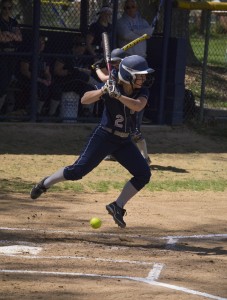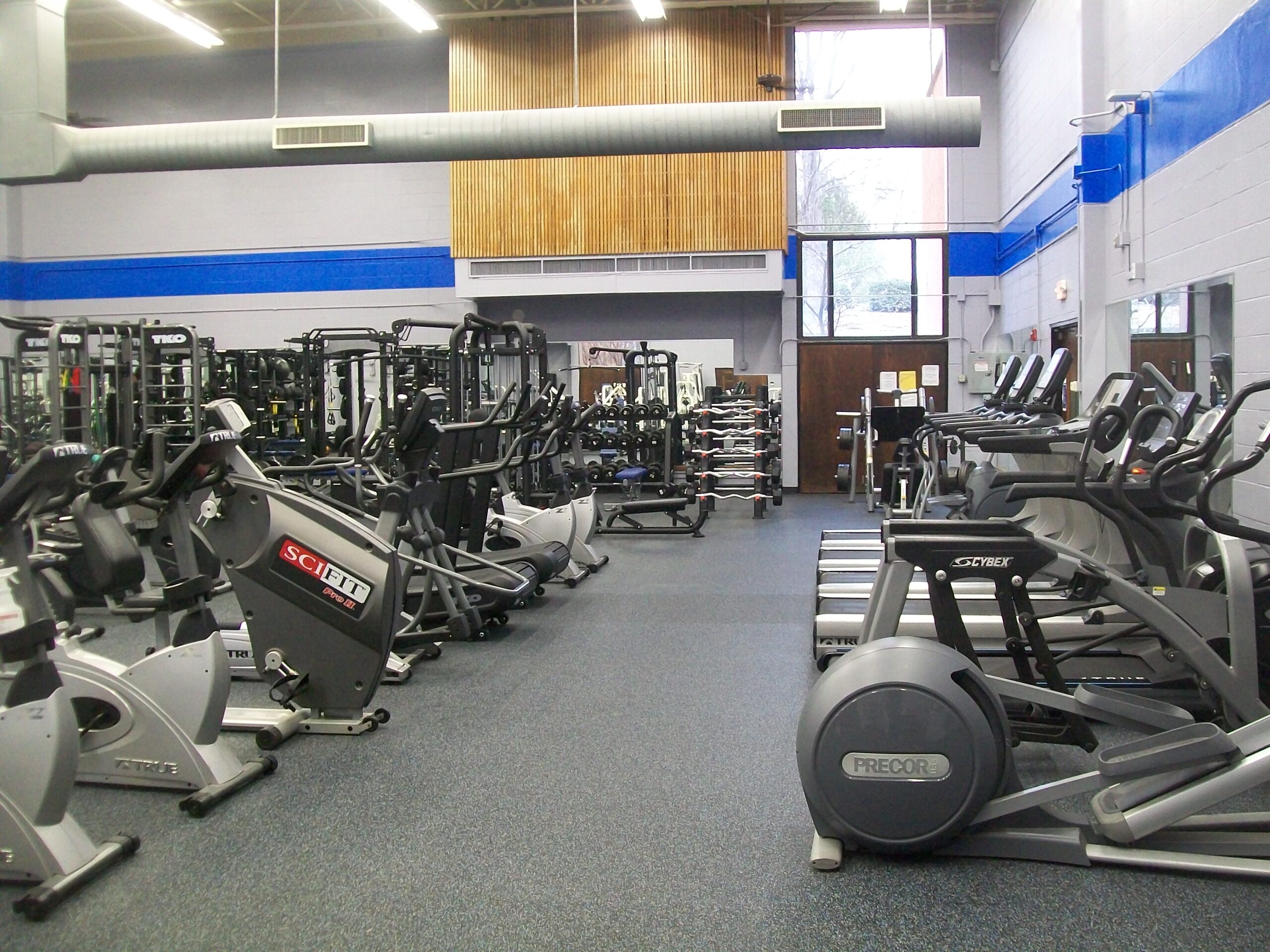Athletics Directors and coaching, fundraising and concessions are not allowed for STLCC athletics
By: Spencer Gleason
When STLCC consolidated athletics to district-wide teams in July 2011, they went move from three full-time athletic directors between STLCC-Meramec, STLCC-Forest Park and STLCC-Florissant Valley, to two part-time athletic directors. Since then, Johnna Kinney and Sharon Marquardt have been Co-Athletic Directors.
Although athletic budgets and each team’s location at which sister campus were decided by an “upper administration council,” according to Marquardt — Kinney, current Meramec President Pam McIntyre, other members of the STLCC administration and Marquardt figured out how things would be ran.
“[The council] gave us the ground work — where the teams were going to be and what the budgets were. Then [we] sat down and, for a good six months or better, worked out how everything was going to operate — who was going to oversee what,” Marquardt said. “At that time, I wasn’t coaching. I was just the athletic director, so me overseeing things that I had more experience in was kind of how that was developed and [Kinney] was the same thing.”
While Kinney oversees baseball, men’s soccer and women’s volleyball, Marquardt is in charge of men’s and women’s basketball, women’s soccer and softball.
Since the consolidation, Kinney has also been the head coach of the women’s volleyball, a role that she filled when the now defunct STLCC-Florissant Valley Fury played volleyball, as well. This past season was Marquardt’s first year coaching softball for the STLCC Archers.
When an athletic director also coaches a team, the checks and balances skew the administrative structure.
“It’s difficult in terms of having somebody who is the manager and the coach,” McIntyre said. “I evaluate Johnna and Sharon as athletic directors. Sharon being evaluated as a softball coach will start this year. Johnna and I have met to talk.”
As coaches, both Kinney and Marquardt report directly to McIntyre for their end of the season evaluations. Following Kinney’s 2013 season, the volleyball team was 0-30. Marquardt finished her first season as the STLCC Archers head coach for softball at 17-24-1.
According to Kinney, when approving their sport’s expenses, their cohort does that for them.
“If I order anything, that all goes to Sharon. I don’t approve any of that on myself,” Kinney said. “Then at year’s end, I report directly to [McIntyre]. I have to go report to her, like the coaches do to [Marquardt] and me. In other words, we’ve taken [Marquardt] out of it, just because we’re co-workers. I report directly to [McIntyre] for volleyball, as far as the end of the season review and all of that.”
McIntyre said that she relies on Marquardt and Kinney’s word to be in the know of athletics. Along with attending games and taking care of any incidents, McIntyre expects Marquardt and Kinney to know if the athletes playing meet the grade point average expectations, in order to play.
“I depend upon them to be in touch with the coaches [and] to understand how coaches are recruiting people. That’s part of what they are supposed to be doing,” McIntyre said. “I’m not in the nuts and bolts of what’s going on.”
Fundraising and concessions are not allowed for STLCC athletics
Although seven sports represent the STLCC Archers, a home basketball game for the Lady Archers is the only time fans are able to buy a hot dog or a soda. The money made from those concessions is donated to the Ethridge Foundation for Cancer Awareness, headed by Lady Archers’ Head Coach Shelly Ethridge, whose father died in December 2011 from cancer.
Outside of the foundation however, STLCC athletics is not allowed to fundraise, according to STLCC Co-Athletic Director Sharon Marquardt.
“We, as an athletic department, do not do concessions because we are not allowed to fundraise. We don’t have a place to take any revenue of any type,” Marquardt said on March 6. “When the transition came down, it was a decision that was made by upper administration at the time. I don’t know the exact reason why we can’t fundraise. I don’t know the answer to that.”
According to STLCC-Meramec President and Director of District-Wide Athletics Pam McIntyre, there are two reasons that inhibit athletics from fundraising.
“There are two part-time athletic directors who have seven teams that they are managing and staying on top of. They do not have time to oversee fundraising activities,” McIntyre said. “Two, there was a back log of money from the different campuses that carried over into a pool of money that, for a while at least, they didn’t need to be thinking about fundraising to cover the cost of what they were doing. Therefore, they could concentrate on making the transition from campus-based teams to district-wide teams and all of those things that were involved in making the transition. At some point in the future, would fundraising be a necessity? Maybe. But it isn’t right now.”
On April 10, Marquardt said that the idea of STLCC athletics fundraising had been brought up with McIntyre every year since the transition. However, administration, she said, believes that because they are part-time employees, they do not want to put any more hours into the program.
“I understand the part-time side of it. We do have a lot of jobs to juggle without adding fundraising on top of it,” Marquardt said. “I think if we were ever allowed to do fundraising, it would have to be a district athletic-wide support. Every coach would have to help.”
Marquardt said that the only way fundraising would succeed for the Archers, is if there was one general pot of money that was separated equally amongst the seven teams.
“If you’re a coach that is always running the concession stand and your players are always running it, are you going to want to share it with [other] teams that are never coming to do any work? You have to look at it from the coach’s standpoint. If I’m doing the work for it, I want the money from it,” Marquardt said. “If it was a concession stand-like thing, it would have to be ‘Baseball would have this week. Volleyball would have another week.’ You’d have to divide it up where everybody’s sharing the workload equally.”
Aside from the coaches working the concessions, the athletes would also play a role in working their fair share. In a recent survey done with 31 STLCC athletes from different teams—a quarter of the Archers athletic family—24 athletes said that they would help the STLCC Archers fundraise or run concessions to help make money for all STLCC athletic teams. Six said, “No” and one said, “I don’t know.”
“I do think it would benefit our program,” Marquardt said. “The majority of athletic programs everywhere are doing some type of athletic fundraising.”












